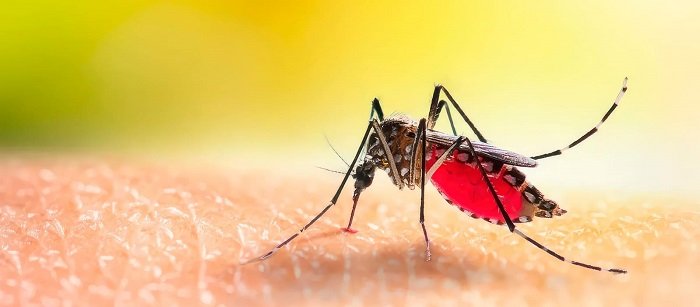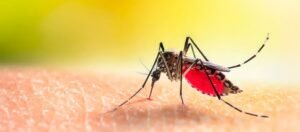

In recent research, experts were able to test a drug used to treat genetic diseases in humans, which could combat blood-feeding insects.
By Maira Palavecino
maipalinfo@gmail.com
An international study showed that Nitisinone, a drug used to treat genetic diseases, is effective in eliminating insects such as bed bugs, ticks, and mosquitoes, without endangering human or animal health.
In this sense, science has already found a solution to a major problem that has worried the population due to the invasion of insects, mainly ticks, vinchucas, and mosquitoes, which, at least in Argentina, have alarmed the country with dengue fever.
The bed bug, a parasite commonly known as a mite, can become a chronic pest that seriously affects the quality of life and emotional well-being of those who suffer from it. In relation to the above, to understand the complexity of this problem, in 2014, singer Avril Lavigne was diagnosed with Lyme disease after being bitten by an infected tick. This bacterial infection, which can affect several organs, caused a series of symptoms that weakened her body.
How to detect symptoms
Some of the symptoms that this disease can cause and affect organs are the most common, such as extreme fatigue, headache, joint pain, dizziness, fever, a rash at the bite site, muscle paralysis, and joint swelling.
Regarding the drug, it acts by causing a metabolic change in the insect shortly after ingestion, leading to its elimination. The results of this study were published in the journal Pest Management Science.
This insect, with a flat, oval body, measures between 4 and 7 millimeters and swells noticeably after feeding. This behavior is central to a recent study evaluating the use of Nitisinone, a drug shown to be effective as an insecticide.
The bed bug, formally called Cimex lectularius, is a parasite that feeds on the blood of humans and other mammals while they sleep, representing a serious problem worldwide due to its proliferation.
Although it does not transmit diseases, its bites cause allergic reactions, skin irritations, and can facilitate the spread of secondary infections. Therefore, this pest, found in any physical space, demonstrated a remarkable resistance to conventional insecticides, making its eradication difficult.
Along the same lines, in an innovative breakthrough, the participation of Argentine scientist Marcos Sterkel was fundamental, as he hit the nail on the head after discovering the drug “Nitisinone” to combat the insects.
The key to its action lies in its ability to block the degradation of an amino acid called tyrosine in the insect’s body, leading to a toxic accumulation that is lethal to the bed bug. This substance does not affect humans or animals, making it a safe option for use in infested spaces.
Unlike traditional insecticides that attack the nervous system of all insects, Nitisinone acts selectively, eliminating only blood-sucking insects, such as bed bugs, without harming other organisms.
Furthermore, Nitisinone’s effect occurs slowly, between five and ten days after application, allowing female bed bugs to lay eggs before dying. This strategy has a huge advantage, as it minimizes natural selection pressure, reducing the possibility of insects developing resistance to the drug.
The research also tested two methods of administering Nitisinone: one is topical, i.e., through a spray, and the other is ingestible. The results were promising, not only for bed bugs but also for other insects such as kissing bugs, ticks, and Aedes aegypti mosquitoes, known vectors of diseases like dengue fever and Chagas disease. This opens up new possibilities for pest control in various regions of the world.
Although the proliferation of bed bugs is not as severe in Argentina, the infestation is expanding worldwide, primarily due to human mobility. The insects move from one place to another through luggage and clothing, making the implementation of this new solution an option for combating a pest that has proven difficult to eradicate with traditional methods.
Photo: UBA Ciencia
Source: CONICET
Te Puede Interesar:
https://www.instagram.com/diarioncomatanza
https://facebook.com/diarionco



